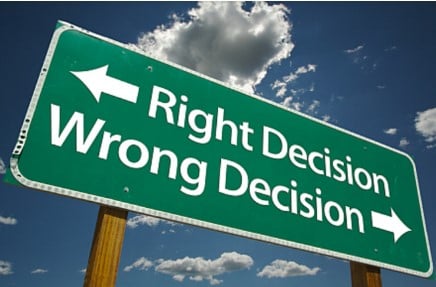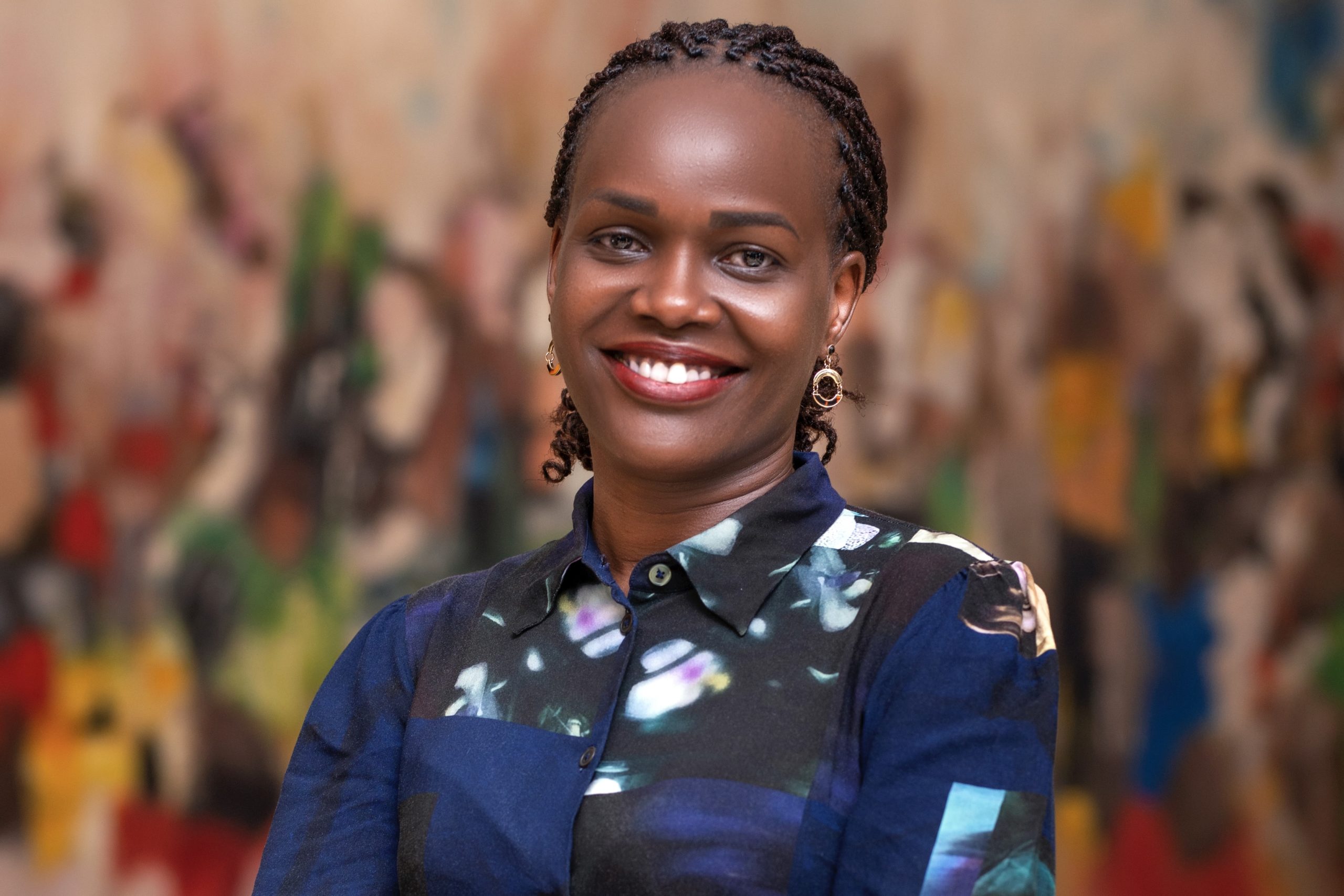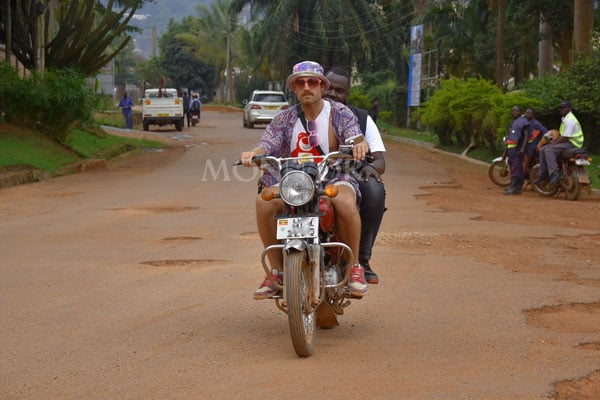Prime
Aggrey Awori was a small part of a big untold story

Author, Charles Onyango Obbo. PHOTO/FILE
Aggrey Awori did it all. Nabumali and Budo student, Harvard graduate, university sports record breaker, former minister, former UPC and NRM man, exile, a rebel leader, presidential candidate in 2001, name it, he had a tale to tell.
Awori died on Monday, July 5, at the age of 82. He has left it to others to tell that story. Awori represented something special; his is the most high-profile cross-border family in East Africa.
He was born in 1939 in Busia at Uganda-Kenya border to Canon Jeremiah Musungu Awori and his wife Mariamu Odongo Awori. In the binary family, with the colonial borders beginning to harden, Aggrey became the Ugandan. Nearly all his siblings, became Kenyan, forming what one newspaper called “the Kennedys of Kenya”. One of his older brothers, Moody Awori, was the ninth vice president of Kenya from 2003 to early 2008. The rest went on to set a series of record firsts.
One thing the Aworis have a lot of is a sense of humour. Good laughs were always guaranteed when Aggrey came to the Monitor offices to chew the cud. Some years after his unsuccessful presidential bid, at a Nation Media Group reception in Nairobi, we stood around with his brother Hannington Awori, who was chair of the group’s board.
Of them all, probably Hannington had the most humorous tongue. So, it was that the conversation came round to Uganda and Aggrey’s presidential foray.
“We met as a family to discuss Aggrey. We were concerned. He was unemployed,” Hannington said. “We said, why don’t you find something to do, like running for president in Uganda, we will collect some bags of unga for you to bribe the voters”, he said.
We all burst out in laughter.
“But he lost, what went wrong”, someone asked.
“Aggrey isn’t a good listener”, Hannington said, “he only listened to the part about running for president, he didn’t listen to the part about bags of unga”.
That tongue-in-cheek is part of the cross-border culture you find with the communities at the Uganda-Rwanda border, at the Kenya-Uganda border, the Uganda-South Sudan border, and the Uganda-Tanzania border communities.
The wonderful Eriya Kategaya, First Deputy Prime Minister and minister for East African Community Affairs at the time of his death in 2013, told us during a retreat in Nairobi, the experience he had when he was asked by a big man in Tanzania to help him campaign in his constituency near the Uganda-Tanzanian border because the place is “full of Banyankole”.
At the rally Kategaya started making his pitch for his friend in Kiswahili. The people listened patiently for a few minutes, then cut him off. “Why are you speaking to us in Kiswahili,” one of them asked, adding “speak Runyankole”. And Kategaya did. His friend didn’t understand Runyankole, so one of the local leaders took opportunity to back bite him.
He told Kategaya that during the day, his friend says he is for regional integration, but at night he campaigns against it. They told him they didn’t want him, because he was one of the people messing their relations and business with their people across the border.
Religion, the Kenya-Uganda Railway, the sugar plantations, and the East African Asians regional trade, the colonial Kings African Rifles, the tea plantations in the Kenya Highlands, moved so many people around the region and created pan-African families like the Aworis, to this day the scale of it hasn’t been fully captured.
In the Kenyan lakeside city of Kisumu sometime back, some fellows sat me down to ask about how things were at Port Masindi and Pakwach ferry. They told me that half of their families live around Port Masindi and near Pakwach ferry. They said nearly all the able bodied men in their villages left in the late 1920s to work on the railway, and many ended up settling in Port Masindi and Pakwach ferry. Most of their great grandparents, and indeed grandparents, and the secrets of their families, are in Bunyoro, not Kisumu, they said.
That unsung East Africanisation continues. Thanks to the Ugandan exiles in Kenya of the 1970s and 80s, there are days when you will run into as many Waiswas and Mukasas in Nairobi, as you will in a Kampala mall.
Recently in a Kigali hotel, a soft-spoken chap asked me when I thought things between the two would go back to the good old days. I told him we could only be hopeful that soon. The combination of Covid restrictions, and the-not-so-bubbly relations between the two countries, meant he hadn’t seen his relatives in Uganda for some time, he said.
I asked him where his relatives were. I thought he would say Kabale, Mbarara, Fort Portal, or Masaka. I was wrong. He said they were in Koboko, the far end of northern Uganda! Aggrey Awori, was the tip of this iceberg.
Mr Onyango-Obbo is a journalist, writer and curator of the “Wall of Great Africans”.
Twitter: @cobbo3





